Greyhound bus network in crisis as scores of stations close across the country, threatening transport options for 60 million people who rely on intercity coaches
Bus passengers are being kicked to the curb as intercity terminals close and are replaced by inaccessible out-of-town stops, leaving the network in crisis.
Greyhound has closed dozens of central bus stations across the US, either ceasing service entirely or moving to remote locations as a cost-cutting measure.
The central bus depots of Houston, Philadelphia, Cincinnati, Tampa, Louisville, Charlottesville and Portland have all closed in recent years, while Chicago and Dallas will close soon.
The closure of central locations is caused by high operating costs, underfunding by the government and a hedge fund that buys and resells Greyhound's real estate.
About 60 million people depend on regional buses for their journeys – mainly young and elderly people with low incomes and few other transport options.
The Greyhound bus station in Portland, Oregon, which is now closed
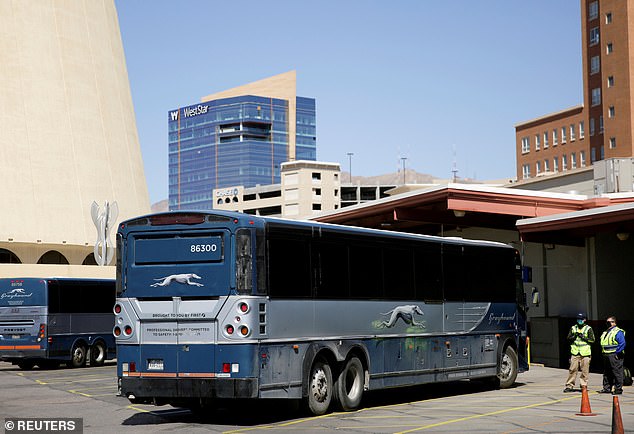
Modern buses are often the only means of transport for people
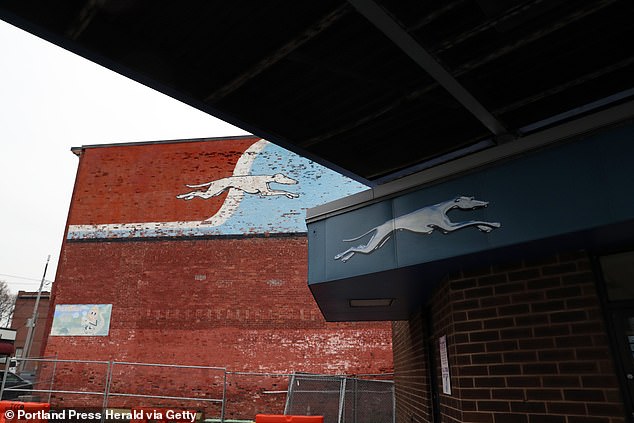
A retro mural at the Greyhound bus station in Portland, Maine
A DePaul University study found that three-quarters of intercity bus travelers have an income of less than $40,000 and more than a quarter wouldn't make the trip if they couldn't ride the bus.
Joseph Schwieterman, a professor at DePaul University, told CNN: “All this happening at the same time is really startling.
“You are taking away the mobility of citizens with disproportionately low incomes and mobility problems, who have no other options.”
Bus operators often try to switch to curbside service when a terminal closes, but the cost savings come with a number of impractical problems: clogging city streets with passengers, traffic and pollution.
It also means that passengers waiting for a bus or a transfer are left without toilets, food and protection from the weather, sometimes late at night or for hours.
When a Greyhound terminal in Philadelphia closed and switched to curbside service, passengers had to wait on street corners in the cold and dark.
Similarly, passengers in Cincinnati were left with only a trailer in a suburban parking lot, far from public transportation.
Cam Hardy, president of Better Bus Coalition, a public transit advocacy group in the Cincinnati region, told CNN, “It was put down in the middle of nowhere.
'I think of my elderly and the people who wait in bad weather. People need a safe place to wait and clear instructions if there are delays.'
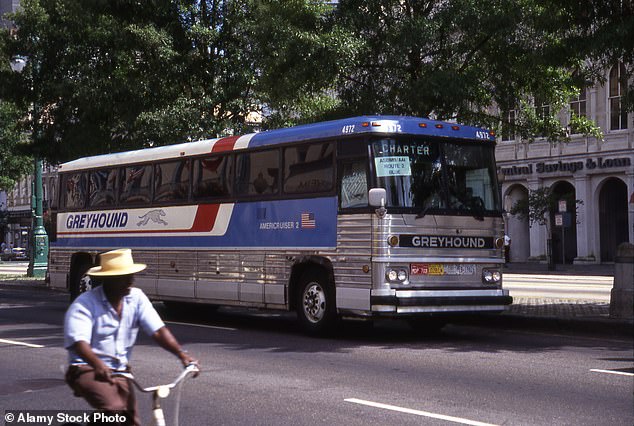
Greyhound was founded in Minnesota in 1914 and quickly grew into the largest intercity bus company in the US

The iconic streamlined style was repeated on the buses and terminals that sprung up in city centers
The owner of the old Cincinnati lot now operates it as a parking lot, with plans to sell it to a developer who could turn it into an office or retail site.
In Houston, Greyhound closed its central terminal last month and moved to a smaller stop with less access to public transportation.
Meanwhile, in Chicago, the downtown Greyhound station could be closed so a developer can build two towers on the site.
Greyhound was founded in 1914 and quickly grew into the largest intercity bus company in the US.
It built hundreds of large modern bus terminals open 24 hours a day with food, toilets and a warm waiting area.
But as demand fell – with passenger numbers falling by a third between 1960 and 1990 and halving again between 1980 and 2006 – and operating costs rose, it became less economically viable to operate them.
Now the closures have been accelerated by the sale of key sites to a real estate investment trust, Twenty Lake Holdings.
Twenty Lake — known for buying up local newspapers like the Chicago Tribune — bought 33 Greyhound stations last year for $140 million and has now started selling the depots to real estate developers.
In 2021, Greyhound suddenly closed its main station in Charlottesville and moved to an unmarked stop in an Amtrak parking lot with no facilities, leaving shocked passengers standing on the sidewalk in the cold.

But as demand for buses fell and operating costs rose over the past hundred years, the large central bus stations became economically less viable
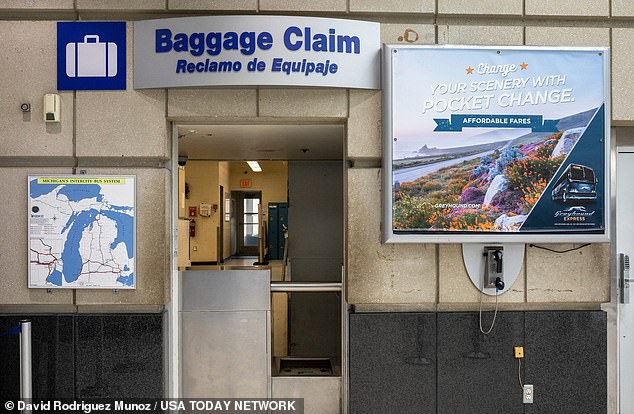
Greyhound bus stations were often the only ones in town open 24 hours a day
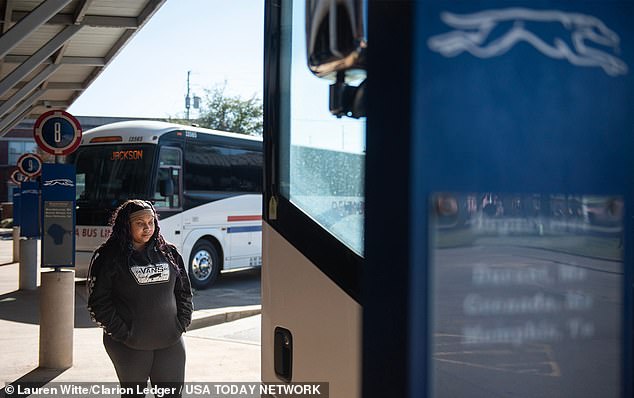
About 60 million people depend on regional buses – mainly young and elderly people with low incomes

Greyhound has built hundreds of modern bus stations across the country since its founding in 1914
An LLC with a mailing address registered to Twenty Lake then paid $2.42 million for the property in January, according to property records.
In addition to high operating costs, the sector also suffers from a lack of government support, with local, provincial and federal agencies investing too little in infrastructure.
Schwieterman said: 'The public sector has given the buses the cold shoulder.
'We are making large-scale cuts to public transport, but we do not see this as an extension of our transport system. Few governments consider it their mandate.”
Instead, Schwieterman said, “The era of private stations is quickly coming to an end, so governments need to figure out how to ensure service continues without pushing people out into the rain and cold.”
One such model is happening in Atlanta, where Greyhound this year opened a 150,000-square-foot terminal with federal government support.
DailyMail.com approached Greyhound and Twenty Lakes Holdings for comment.
